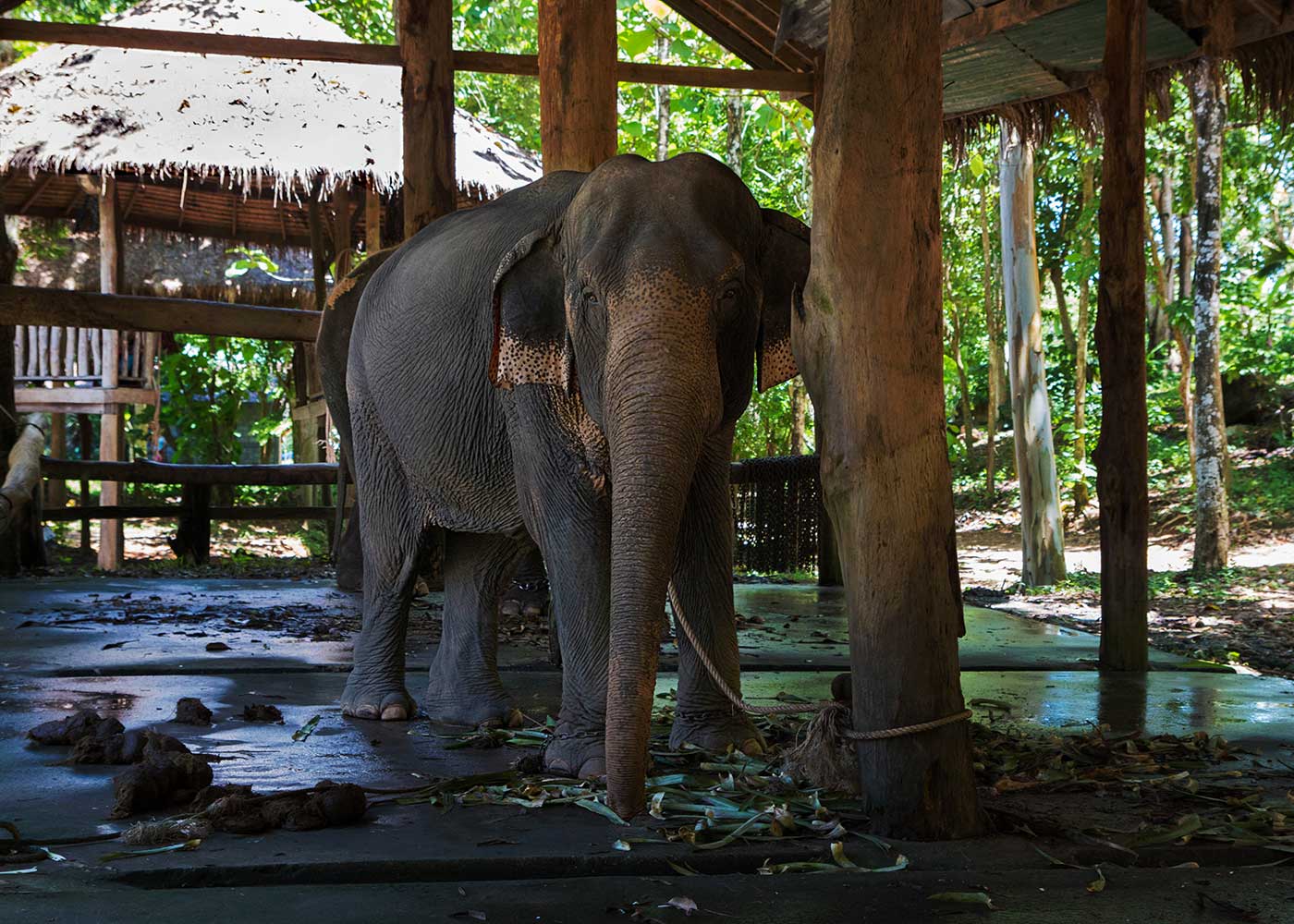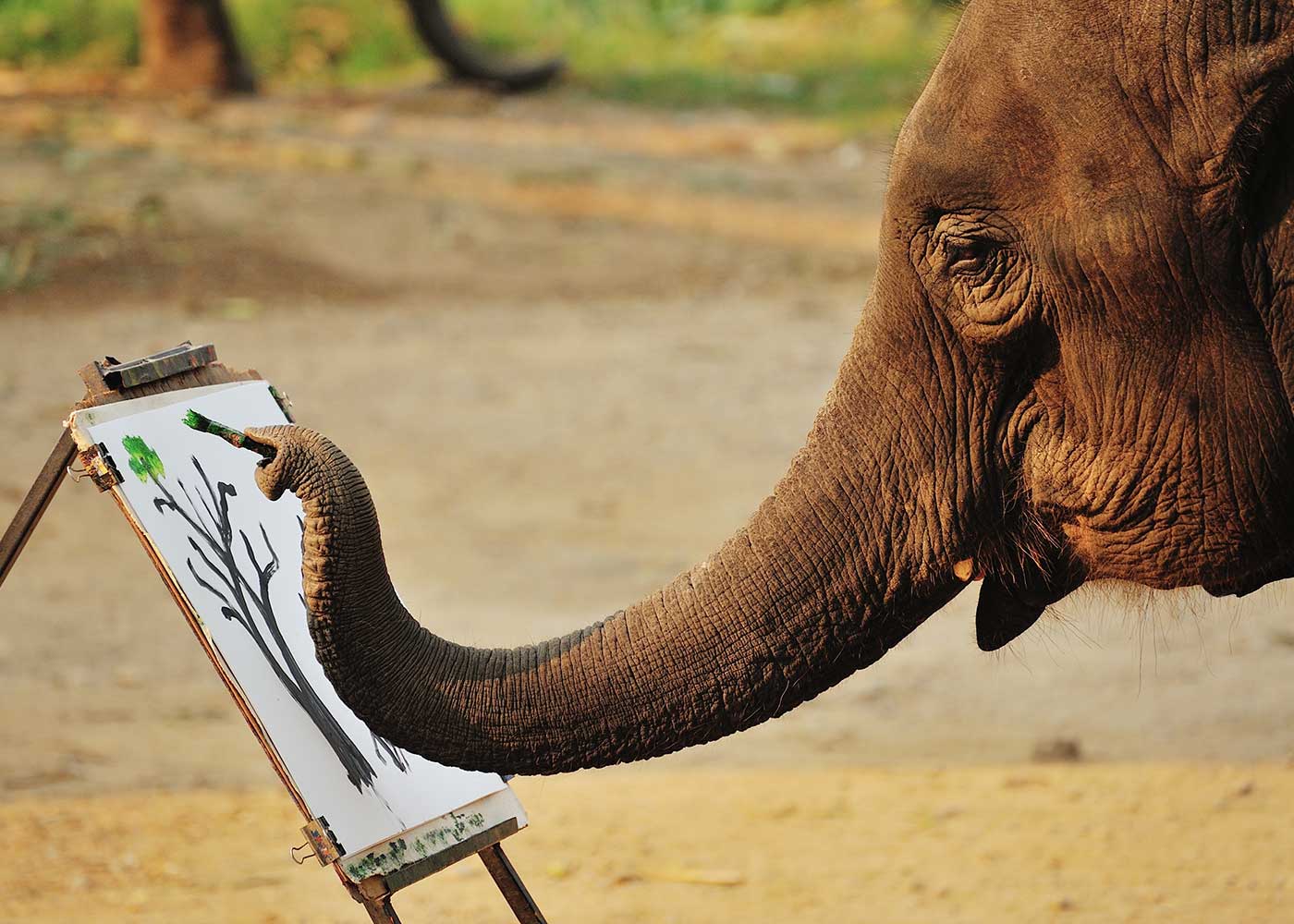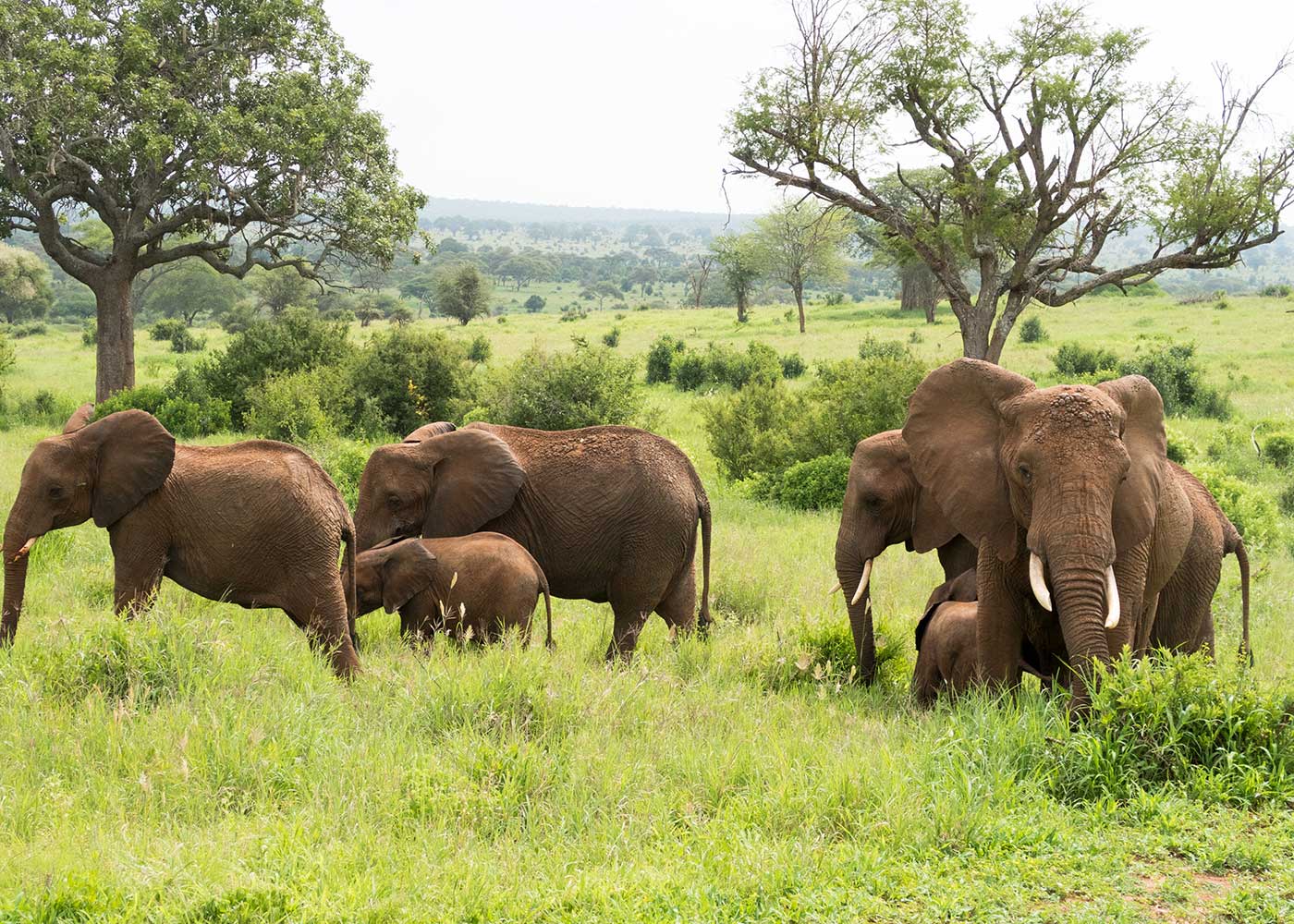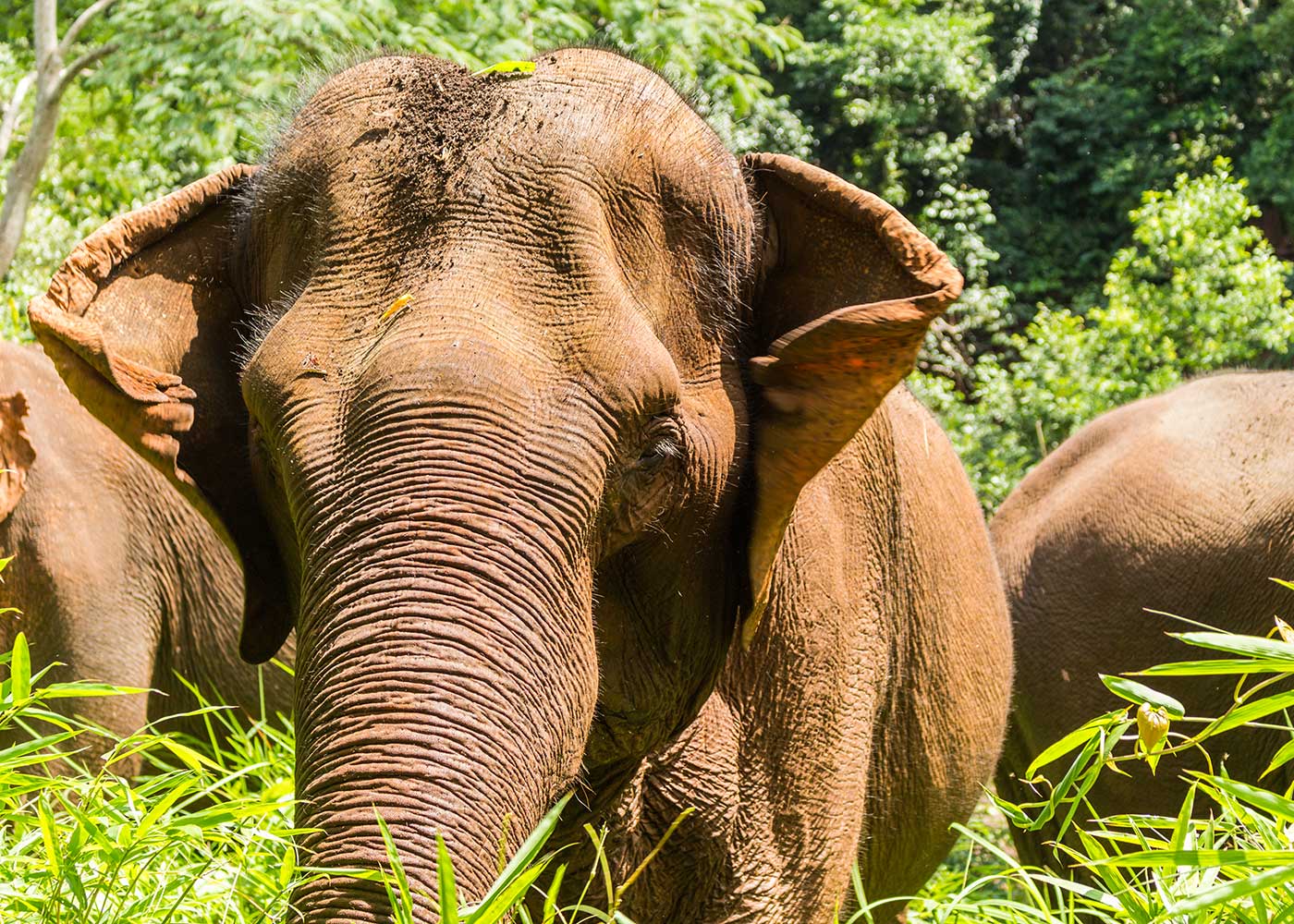Southeast Asian tours offering elephant rides are big money-makers for the local economy, but at what cost to the animals?
Posted on : 2019-12-06 15:19:24
We’ve all seen the photos. Tourists smiling at the camera whilst on the back of a magnificent elephant. These infamous rides into the jungle, past waterfalls and wildlife, are a big draw for tourists heading into Thailand, Indonesia and Vietnam. The associated mystique of elephants has unfortunately kept this travel trend afloat for far too long. The steep moral cost of elephant tourism, though common knowledge, still needs to be ingrained deeper into the tourist experience. It’s time to remove elephant entertainment from your holiday bucket-list.
Treatment of elephants in tourism operations
A study by the World Animal Protection (WAP), investigating 3,000 elephants at tourist venues across Southeast Asia, found that over 77% of them were living in inadequate conditions that were cruel and concerning. When off-duty, elephants are subjected to brutal living conditions. Often, they are tethered to tight three-metre chains and beaten into submission with bull hooks. This treatment can start as early as birth and is very common in the busiest tourist destinations of Southeast Asia. As elephants naturally roam in matriarchal herds, active for up to 18 hours a day, this restrictive lifestyle can leave them severely depressed and physically debilitated.
Captivity robs elephants of their most basic needs – social relationships and proper exercise. Without space to roam, forage and play, elephants cannot exercise their natural behaviours. The number of Asian elephants in the wild has decreased by at least 50% in the last three generations.

The toll of elephant tourism
For starters, it is simply not natural for elephants to carry humans on their backs. In fact, they have quite weak backs and the saddles used for riding can lead to back sores, spinal issues and early death. When they are not working, they are usually left to stand on concrete floors that cause severe damage to their feet and legs, leading to arthritis. Trainers will generally not provide them with proper sustenance, adequate water and veterinary care. Due to this, many captive elephants will die decades before the length of their normal lifespan. The additional stress of noisy crowds and hoards of tourists often leaves elephants anxious and distressed.
Multiple elephants in Vietnam have died from exhaustion or malnutrition. According to John Roberts, head of the Golden Triangle Asian Elephant Foundation, it can cost up to $38 per day to feed an elephant. As this is hard to upkeep, many elephants get overfed cheap bananas, which can lead to diabetes. This combined with long hours, sub-standard living conditions and brutal treatments leads to complete mental and physical exhaustion. In this wild, elephants can consume hundreds of pounds of plant matter in a single day, and roam up to 30 miles. It is clear that tourism isn’t upkeeping these living standards.
Before any of this occurs, elephants are captured and trained through torture. Although the relationship between elephants and mahouts, their caretakers, often gets romanticised by unknowing tourists, mahouts are usually poor, untrained villagers just looking for work. Generally, mahouts do not have close bonds with the elephants. Instead, they assert their control through punishment.
The most common form of torture is termed “crushing”. This is a practice that is widely accepted throughout Thailand, where baby elephants are snatched from their mothers and confined in a small space. They are then starved and beaten. This terrible experience asserts human dominance and scares elephants into being compliant with long days of tourist rides. This can result in prolonged post-traumatic stress and depression.
Unfortunately, this behaviour is not slowing down. The number of elephants held captive in Thailand has increased by 30% since 2010. Today, over half of Thailand’s 7,000 elephants live in captivity. This is due to the high interest of visitors. As many as 40% of tourists from the top 10 countries visiting Thailand said they had been on or were planning to do an elephant ride, which means there is demand for around 12.8 million rides.
However, organisations like the British Travel Association and TripAdvisor have denounced tours that allow visitors to interact with elephants without barriers. Beyond riding the animals, even washing, feeding them or watching them perform tricks such as painting or playing games is contributing to their decreased welfare. TripAdvisor has banned the sales of any tickets for “animal shows and performances where animals are forced to perform demeaning tricks or unnatural behaviors”.

Alternatives
Any traveler who values sustainable tourism objectives should not have direct contact with elephants whilst on holiday. If you are still desperate to interact with them, your best option is to visit an elephant sanctuary. However, be careful that your destination isn’t just a glorified zoo. Be wary of loose terms such as ‘sanctuary’, ‘refuge’ and ‘retirement’, as often, abusive treatment methods can be the same. PETA says legitimate sanctuaries provide elephants “with the companionship of members of their own species and large natural habitats that allow for normal forms of behavior, including knocking down trees, swimming in ponds, and foraging in forests”. Additionally, look for tours that limit the observation hours. Although tourists may be looking from far away, too much interaction with humans can impact their natural habitat.

Elephants are very social, but should interact with other elephants, not humans. This habit is stripped from their daily life once in captivity, where most operations essentially keep elephants in solitary confinement. At an ethical sanctuary, the elephants will be more playful and energetic. If a tour shows elephants roaming freely and playing with other elephants, it is likely a good option. It is also important for tourists to ensure that the profits from the tour are directly benefitting the welfare of the elephants.
Boon Lott’s Elephant Sanctuary (BLES) in Thailand is a great example of an ethical organisation. They keep group sizes small in order to foster organic interactions, and the visitors are encouraged to simply watch elephants be elephants. Plus, all of the profits are reinvested into rehabilitation.
Another example is the Elephant Valley Project in Cambodia which follows the mantra “Let them roam free”. Visitors are able to observe elephants roaming free and behaving in a natural manner.

While it may be tempting to take a selfie with an elephant, remember the sadness behind their eyes. Although you may be having fun, the elephant is lonely, beaten and tired. Use your tourism dollars to fund initiatives that help rehabilitate these animals, rather than ride them.

